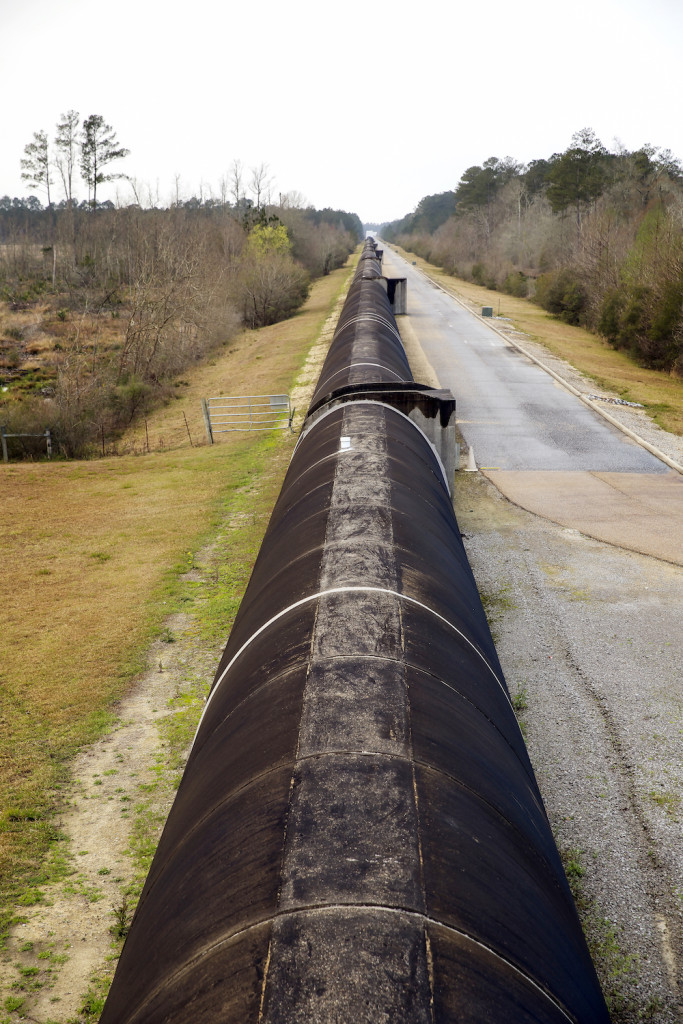
Recent Southern graduate recalls helping LIGO make its historic discovery of gravitational waves
As early as William Parker can remember, he was fascinated with science and space. Even after being forced out of New Orleans by Hurricane Katrina, he stuck with his studies at Southern University to complete an advanced degree in physics and mathematics in 2014 and follow his passion of researching the universe.
If you told him in his childhood that he’d one day find himself in the midst of a discovery not unlike one of his beloved science fiction comics, he probably wouldn’t have believed you.
“Everyone wants to be successful, but to actually be the one that’s in the control room or the one that actually logged the interferometer? You can’t foresee that. You go in and do your job in hopes that your research is successful,” Parker says. “It’s surreal, almost, to be a part of it. It’s overwhelming. You wake up like, ‘Did that just happen?’”
|
|
The breakthrough at LIGO, known formally as the Laser Interferometer Gravitational-Wave Observatory, brought the eyes of the world to Livingston Parish in February. For the first time ever, scientists detected the presence of gravitational waves in the universe, confirming Albert Einstein’s century-old theory and forever changing the way we study space.
Parker is a detector operator at LIGO, meaning he operates the interferometer—the device used to detect gravitational waves—and maintains its observation mode as long as possible. His job is to keep the interferometer collecting accurate data despite environmental activities like earthquakes, climate conditions and disruptive human activity nearby such as passing trains, footsteps onsite and traffic on the interstate.
“It was like an inside joke. ‘We know something no one else knows!’ …I would see [my old instructors] from time to time and they would ask me how things were going at LIGO, and I was just like, ‘Everything’s fine, as usual.’ And I’d have this big old secret.”
—William Parker, detector operator at LIGO
This means that Parker was the first to see the telltale flashes of light from the machine at 5:51 a.m. on Sept. 14 when it picked up those historic readings of two black holes colliding.
With the first burst of adrenaline and the first alert from the reading, the whole LIGO collaboration sprang into action to verify who was where in the facility, how many scientists were onsite and who was operating the detector, to make sure no one was interfering with it.
“This particular time, everything was successful. We had the alarms, everyone was up in the building, nobody was interfering with any of the machines,” Parker explains. “Then of course it goes to the data analysis team, and after they vigorously look through the data, they can determine if a gravitational wave event actually occurred.”
At the same time the gravitational wave was detected in Livingston, it was also detected more than 2,000 miles away on LIGO’s Washington State interferometer—a sign that the event was real.
Though the scientists didn’t yet know much about the event while data was being analyzed, Parker says there was a buzz of excitement in the observatory from that day forward—the cautious, nervous excitement of scientists on the brink of a potentially monumental discovery, waiting for the final confirmation to celebrate.

“And then when it was determined that it was clear that [a gravitational wave] event had occurred, it was even more nerve-wracking, because you couldn’t talk to anybody about it!” Parker says with a laugh, remembering the six months between the discovery in September and the announcement in February. “It was like an inside joke. ‘We know something no one else knows!’ …I would see [my old instructors] from time to time and they would ask me how things were going at LIGO, and I was just like, ‘Everything’s fine, as usual.’ And I’d have this big old secret.”
With the official release of the discovery came a sigh of relief for Parker and the LIGO team. What followed was a flurry of press conferences, presenting before Congress and explaining gravitational waves to the world—“about a thousand times,” according to Parker.
After such an eventful start to his scientific career, many have asked Parker what his next move might be in the field, but he insists he’s happy furthering his research right here at LIGO. The studies go on at the home of the first successful gravitational wave detector and its operator.
“You would expect this to be a big moment in anyone’s career, to be a part of something so exciting,” Parker says. “Right now, I’m just trying to get my head wrapped around this moment. I don’t really see anything after LIGO. I’d like to continue working [here] as long as I can.”
After all, for a man born, raised and educated in southern Louisiana, why leave home when the biggest breakthroughs are happening in your own backyard?
What are gravitational waves?
A century ago, Einstein theorized that planets, stars and black holes make ripples in space, called gravitational waves. If we could see them, they would look like the ripples caused by splashing in water, but because they’re so far away, we can’t feel them from Earth without a finely tuned detector, like the one at LIGO. The waves can give away the location, mass and other information about bodies in space to scientists studying the universe. LIGO’s breakthrough proved that gravitational waves exist and can be detected from Earth. Before, scientists relied on unreliable light waves to view and map the universe, but now gravitational waves—and ongoing refining of their detection—can show us a much clearer, deeper and more accurate picture of space.
|
|
|
